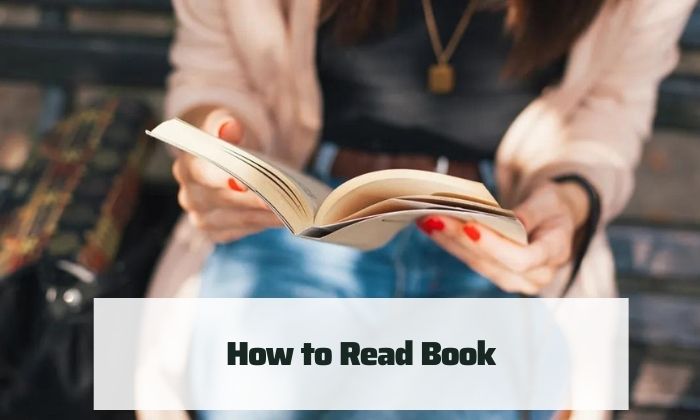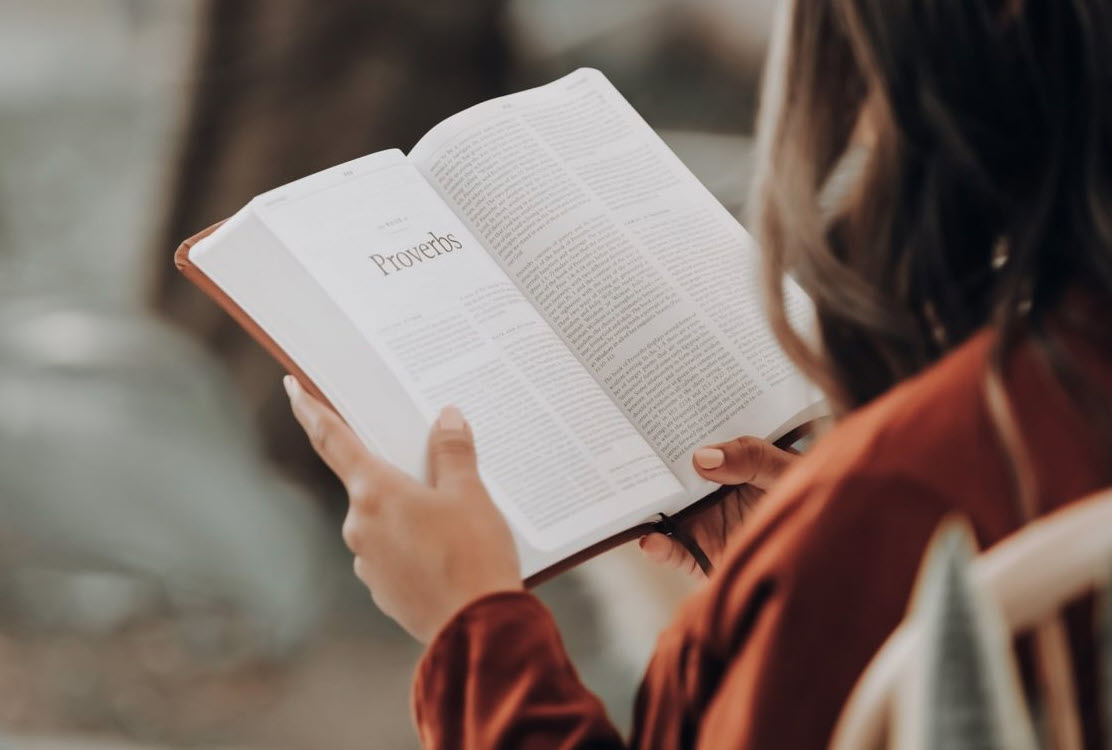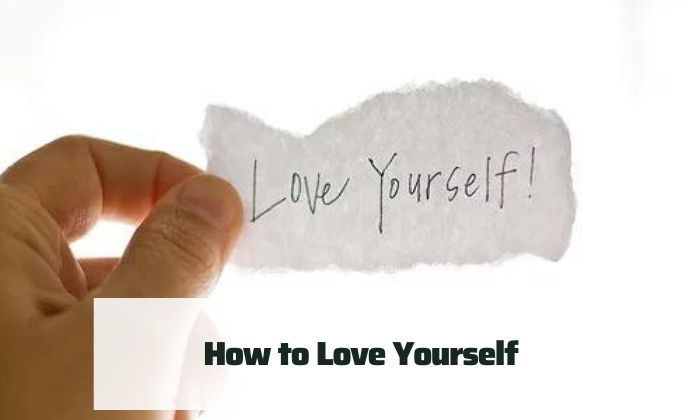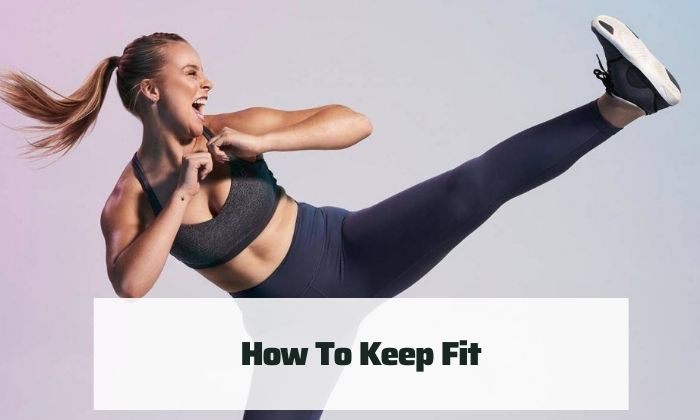How to Read Book – 3 Best Methods For You

A good book is like a portal to another planet, transporting you to magical kingdoms and future cities, haunted houses, and unknown landscapes. There are a variety of approaches you may employ to get the most out of your literary experience, whether you’re interested in fiction or nonfiction, poetry or textbooks. We will answer the question: “how to read book” in this article.
Method 1: Starting with the Basic Steps
1. Choose a book

2. Acquire the book you want to read
There are a few options for accomplishing this:
- Take a look at the book at the library. The advantage of this method is that it is both free and simple. If you don’t already have a library card, simply stroll in and ask for one.
- Purchase the book. Purchase your own copy from a bookshop or newsstand to keep for as long as you like. The benefit of this strategy is that you can typically locate even the most popular books and read them right away with a little effort; the disadvantage is that you must pay money to get the book.
- Take the book out of the library. Friends and family who recommend a book to you are likely to have a copy and will gladly lend it to you for as long as you need it.
- Purchase the book on the internet. Electronically published editions of print books are becoming more and more prevalent in recent years, thanks to the introduction of portable e-readers and smartphones. It also means that you may take the book with you wherever your phone, kindle, iPad, or iPod is.
3. Read your book
Open the front cover and choose a comfortable location to sit. Make sure there’s enough of light. Start at the beginning, which is normally the first chapter unless there is some front material, and read the book from beginning to end. If there is any end material, save it for after you’ve finished the remainder of the book.
- Whether or not to read the front content is a personal choice. The writing at the front of the book that isn’t the first chapter is referred to as front material. It comes in four main flavors, each of which has a different function. You can choose whether or not to read any particular section of the front material. The following are the four categories of front materials:
- Make a decision about whether or not you want to read the rest of the content. End material is literature that appears after the primary book has ended, usually by various authors.
4. Pace yourself
Method 2: Reading a Book of Essays or Poems
Rather than starting at the beginning, a good method to get into a collection of poetry or essays is to pick one that sounds interesting and flip to it. You can read this item first to see how you feel about it, then alter your browsing approach to locate more of what you enjoy and reserve the boring or less spectacular items for last.
2. Mix it up
Most collections of shorter works, with the exception of book-length poems (such as William Carlos Williams’ Paterson or Homer’s Iliad), can be read in any sequence. Pass the time by skimming and flipping through the book, pausing whenever something piques your attention.
- Make it your own by personalizing the experience. Instead than trying to read it straight through, approach it according to your own preferences. Instead of feeling like you have to trudge through stuff that don’t interest you and wait for the excellent portion to arrive later, you will be astonished and delighted at every turn.
- Keep an open mind. Items that looked dull earlier will start to become interesting as you become more attuned to the tone of the book, so you’ll always have something new to read.
3. Read interactively
Emphasize your favorite sections of the writing inside the book to make it a part of your own life. You’ll have a lot more fun with it than if you try to dryly disassemble it or force your way through it in a linear method.
- Keep a journal of what you’ve read. Make a note of page numbers or author names for items you particularly love so you may return to them later.
- Make use of a pencil. If you have the book, mark it gently with a pencil wherever you see a line or a word that catches your eye.

Method 3: Reading a Textbook
1. Take notes
- Make a pattern for yourself. Read one paragraph at a time, pausing to take notes on what was said in that paragraph. Try to condense it into a few short words or sentences.
- Examine your findings. You’ll receive a personal copy of all the information you need at the end of your session. Check it over to make sure it makes sense.
2. Read by chapter
- You’ll be able to comprehend more of what you’ve read. Reading the entire chapter in order will place all of the information you want in perspective, making it easier to comprehend and remember.
- Take a victory lap, if you’re so inclined. Once you’ve completed the chapter the first time, there’s no need to go over it again. After that, you can pick and choose from the chapter as needed.
3. Keep up




